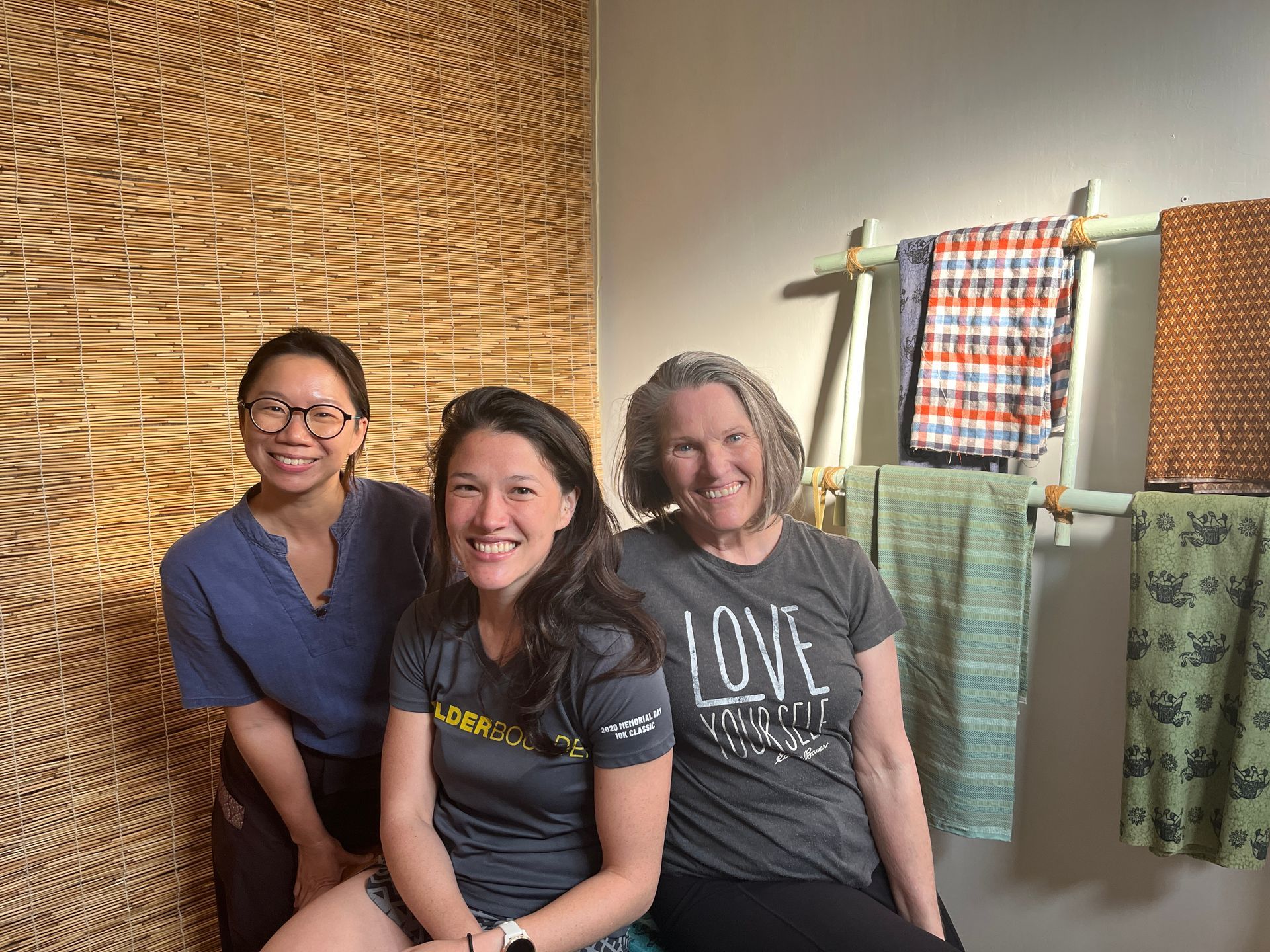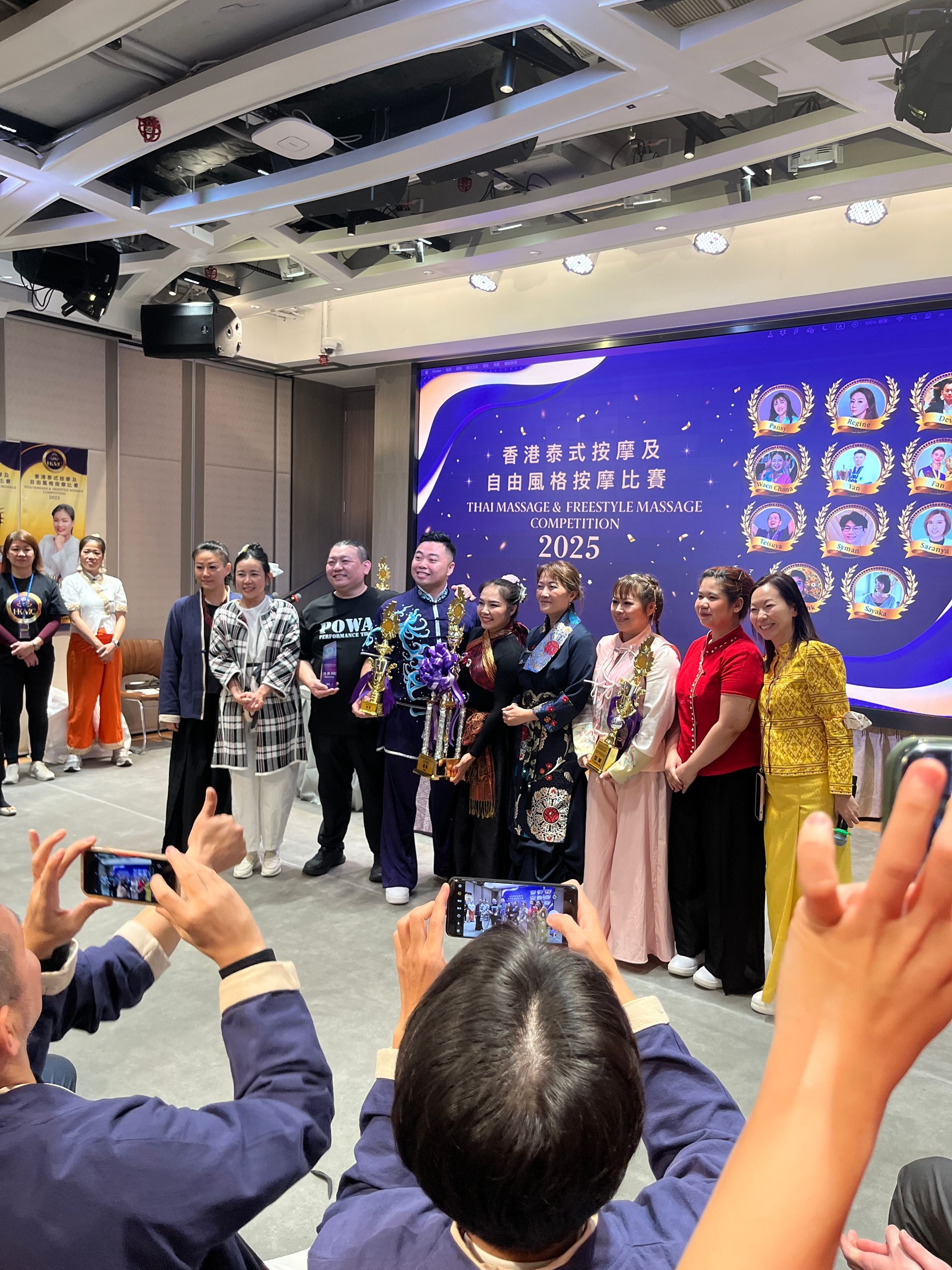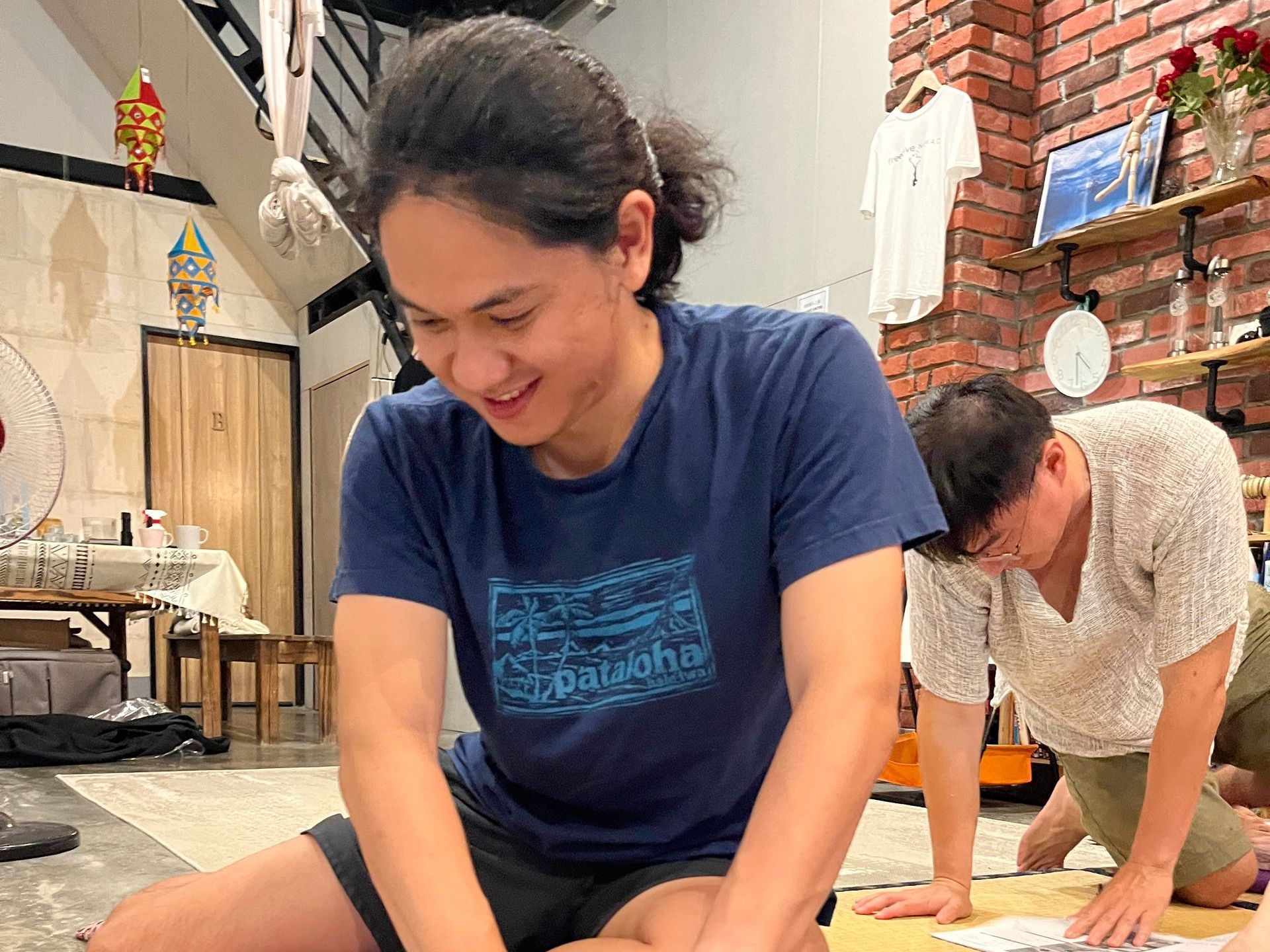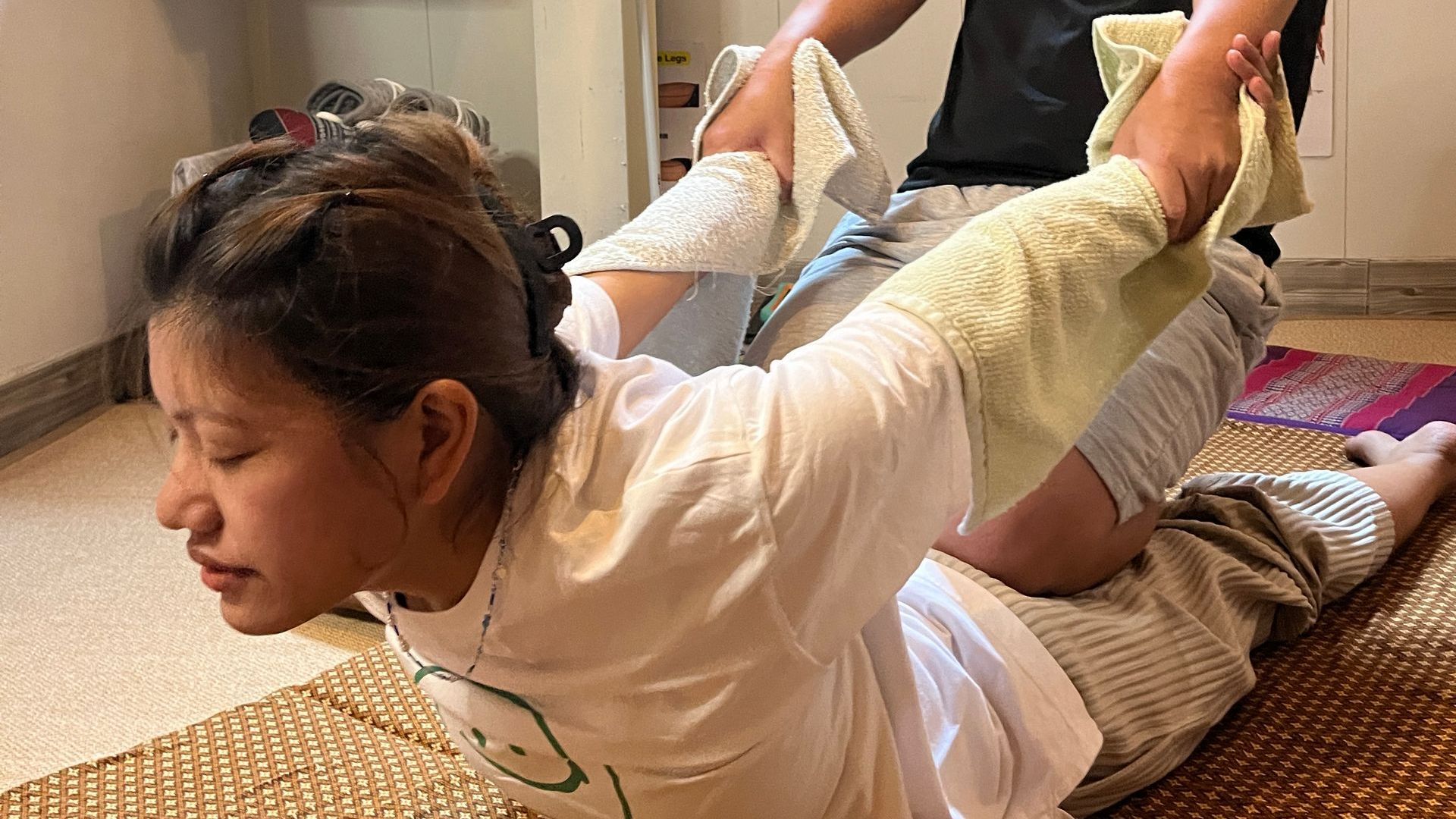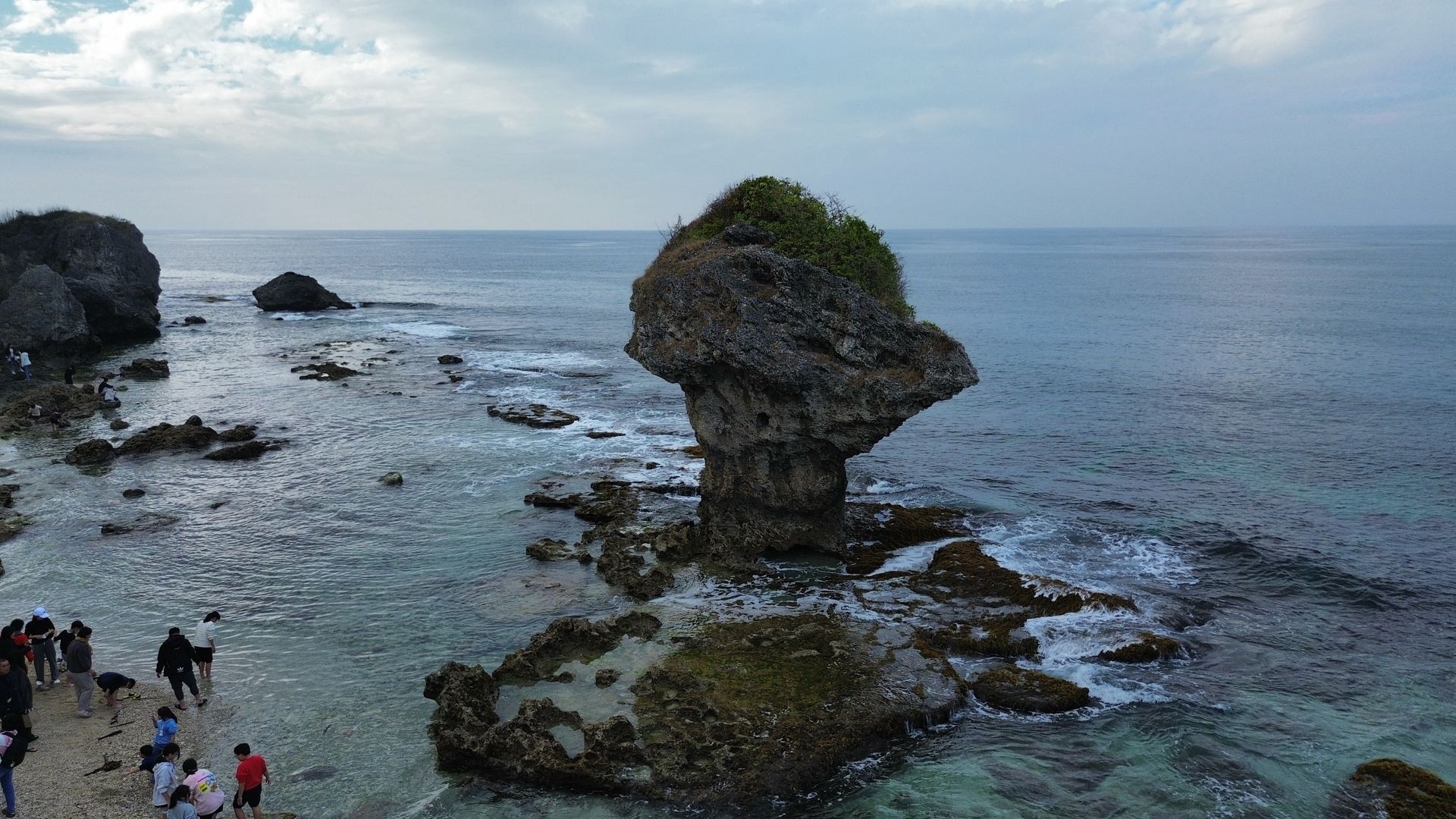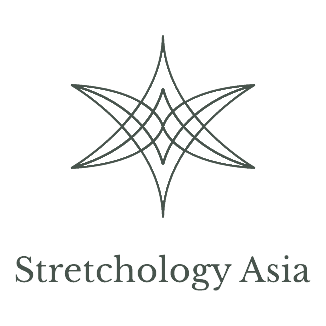Thai Massage and Yoga: Harmonizing Energy Lines and Prana Flow
The ancient practices of Thai massage and Indian yoga share profound connections, particularly in their understanding and manipulation of the body's energy systems. Both traditions recognize the significance of energy lines, or nadis, and the vital force, known as prana, in maintaining physical, emotional, and spiritual well-being.
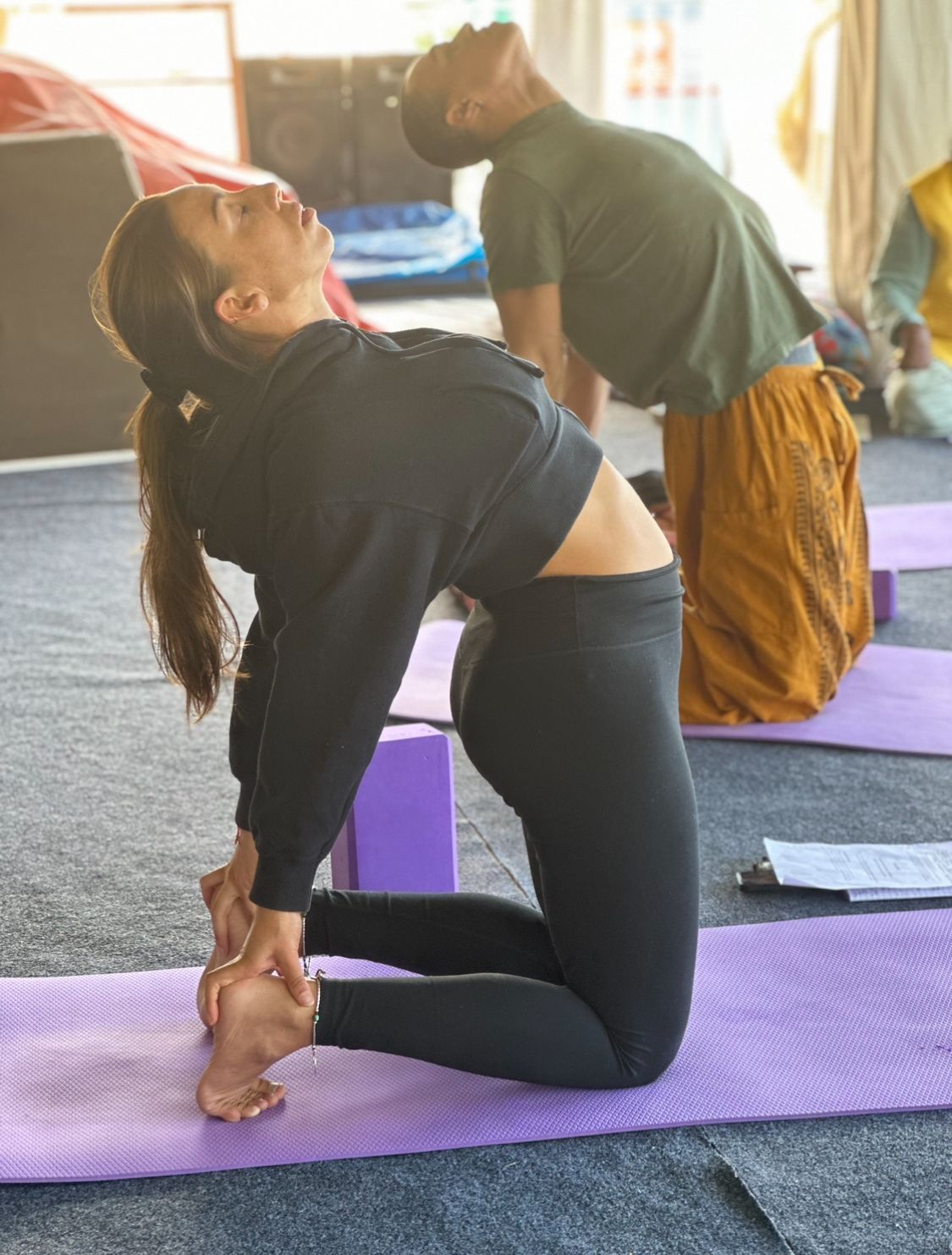
This blog delves into the fascinating interplay between Thai massage and Indian yoga, highlighting their shared philosophies and practices regarding energy lines and the flow of prana in the body.
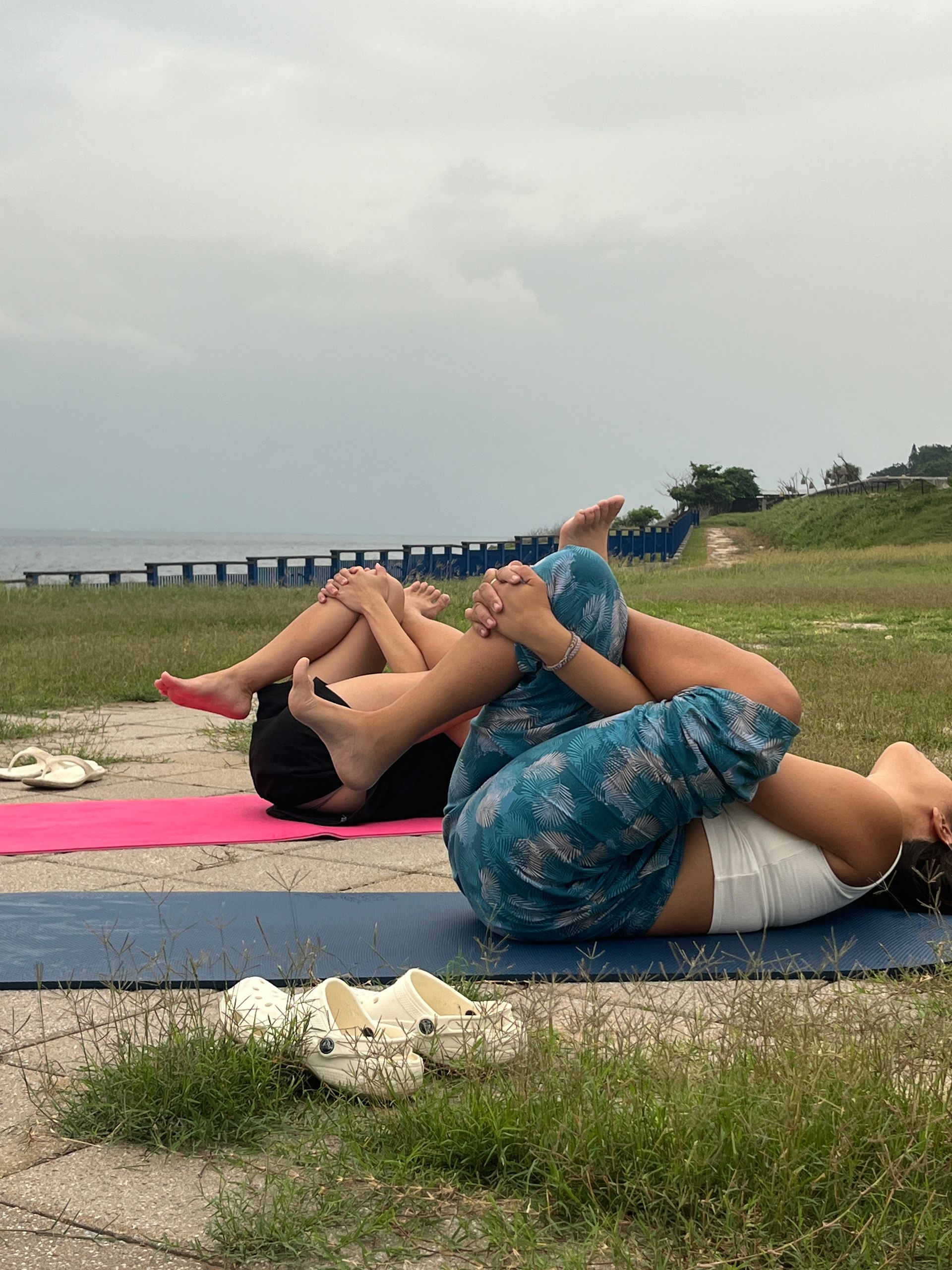
Understanding Prana: The Vital Force
In Indian yoga, prana is the life force or vital energy that permeates every aspect of existence. It is the energy that sustains our physical bodies, powers our thoughts and emotions, and connects us to the broader universe. Prana flows through a network of energy channels called nadis, with three primary nadis being the ida, pingala, and sushumna. The balance and unimpeded flow of prana through these channels are essential for health and well-being.
Thai massage, rooted in traditional Thai medicine, also recognizes a similar concept of vital energy, often referred to as "lom" or "wind." Like prana, lom flows through energy channels in the body, known as sen lines. These sen lines correspond closely to the nadis in Indian yoga, and their proper functioning is crucial for maintaining balance and health.

Energy Lines: Nadis and Sen Lines
Both Indian yoga and Thai massage emphasize the importance of energy lines in facilitating the flow of prana. In yoga, the nadis are intricate pathways that transport prana throughout the body. There are said to be 72,000 nadis, with the three main ones being:
- Ida Nadi: Running along the left side of the spine, associated with the lunar, cooling energy.
- Pingala Nadi: Running along the right side of the spine, associated with the solar, warming energy.
- Sushumna Nadi: The central channel, running along the spine, representing the balance and unification of ida and pingala energies.
Similarly, Thai massage identifies ten primary sen lines, which are believed to originate from the navel and spread throughout the body. These sen lines are used by practitioners to diagnose and treat imbalances in the body. Key sen lines include:
- Sen Sumana: Running along the center of the body, associated with digestive system, akin to the sushumna nadi.
- Sen Ittha: Corresponding to the ida nadi, carrying cooling, yin energy, associated with respiratory system (Ying line).
- Sen Pingkhala: Corresponding to the pingala nadi, carrying warming, yang energy, associated with respiratory system (Yang line).
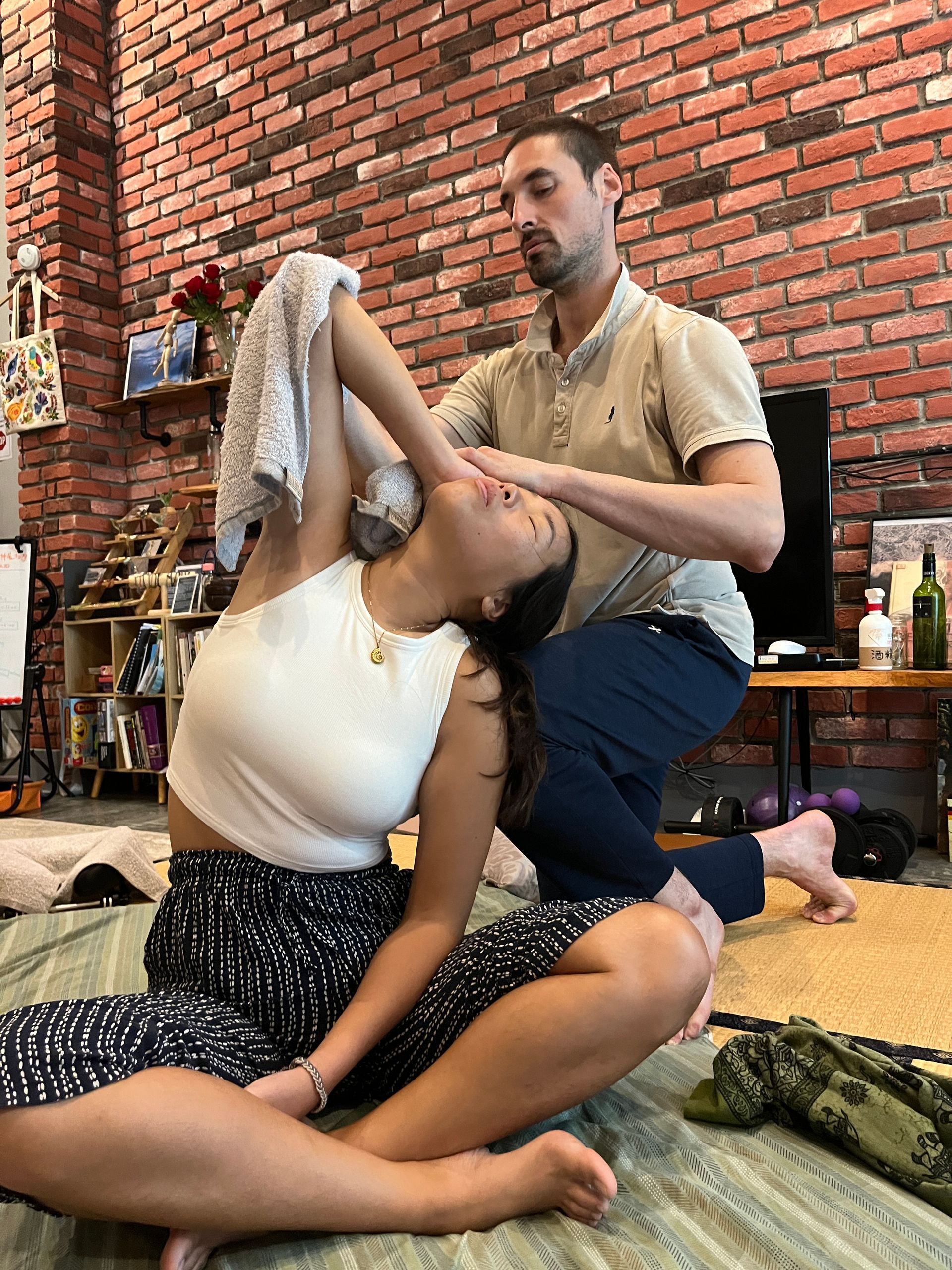
The Flow of Prana in the Body
In both traditions, the flow of prana is paramount to health. Blockages or imbalances in the nadis or sen lines can lead to physical, emotional, and spiritual ailments. Practices such as yoga asanas (postures), pranayama (breathing techniques), and Thai massage are designed to enhance the flow of prana, remove blockages, and restore balance.

Yoga Practices to Enhance Prana Flow:
- Asanas (Postures): Physical postures help to open and balance the nadis, ensuring the smooth flow of prana. Poses like Tadasana (Mountain Pose) and Savasana (Corpse Pose) are particularly effective.
- Pranayama (Breathing Techniques): Techniques such as Nadi Shodhana (Alternate Nostril Breathing) specifically target the nadis, balancing ida and pingala energies.
- Meditation: Meditation practices focus on calming the mind and enhancing the subtle flow of prana through the nadis, fostering a deeper connection with the self and the universe.
Thai Massage Techniques to Enhance Lom Flow:
- Pressure and Stretching: Practitioners use their hands, elbows, knees, and feet to apply pressure and stretch along the sen lines, releasing blockages and promoting the flow of lom.
- Rhythmic Rocking: Gentle rocking motions help to stimulate the sen lines and enhance the circulation of lom throughout the body.
- Joint Mobilization: Movements to mobilize the joints help to open up energy pathways, allowing lom to flow more freely.
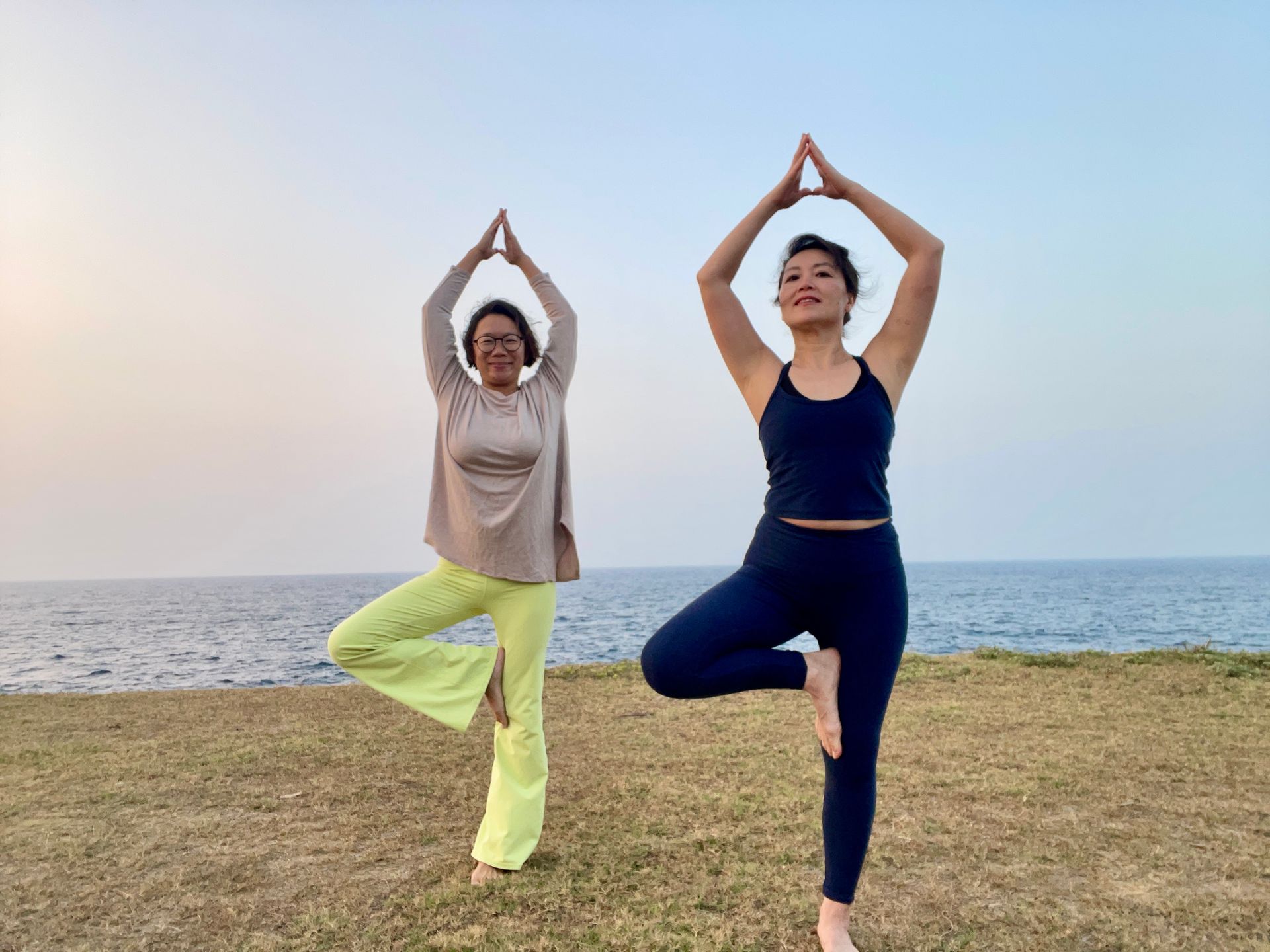
The Intersection of Thai Massage and Yoga Asanas
One of the fascinating aspects of Thai massage is its use of passive stretching techniques that closely mirror many yoga asanas. For instance, the Thai massage position known as the "Thai Massage Fish Pose" resembles the yoga pose Matsyasana (FIsh Pose), where the practitioner's throat and heart chakras are opened in this reclined backbend and it's a dynamic shoulder opener with the assistance of the therapist feet under the shoulder blades.
Another example is the "Cobra Stretch" in Thai massage, akin to Bhujangasana (Cobra Pose) in yoga, where the recipient lies face down while the practitioner lifts their chest by pulling their whole arms backward, providing a deep stretch to the spine and opening the heart center.
The "Seated Forward Bend" in Thai massage aligns closely with Paschimottanasana (Seated Forward Bend Pose) in yoga, where the recipient's legs are stretched out and the practitioner gently presses on their back to enhance the stretch. These similarities underscore the shared goals of both practices: enhancing flexibility, promoting the flow of vital energy, and achieving a harmonious balance within the body.
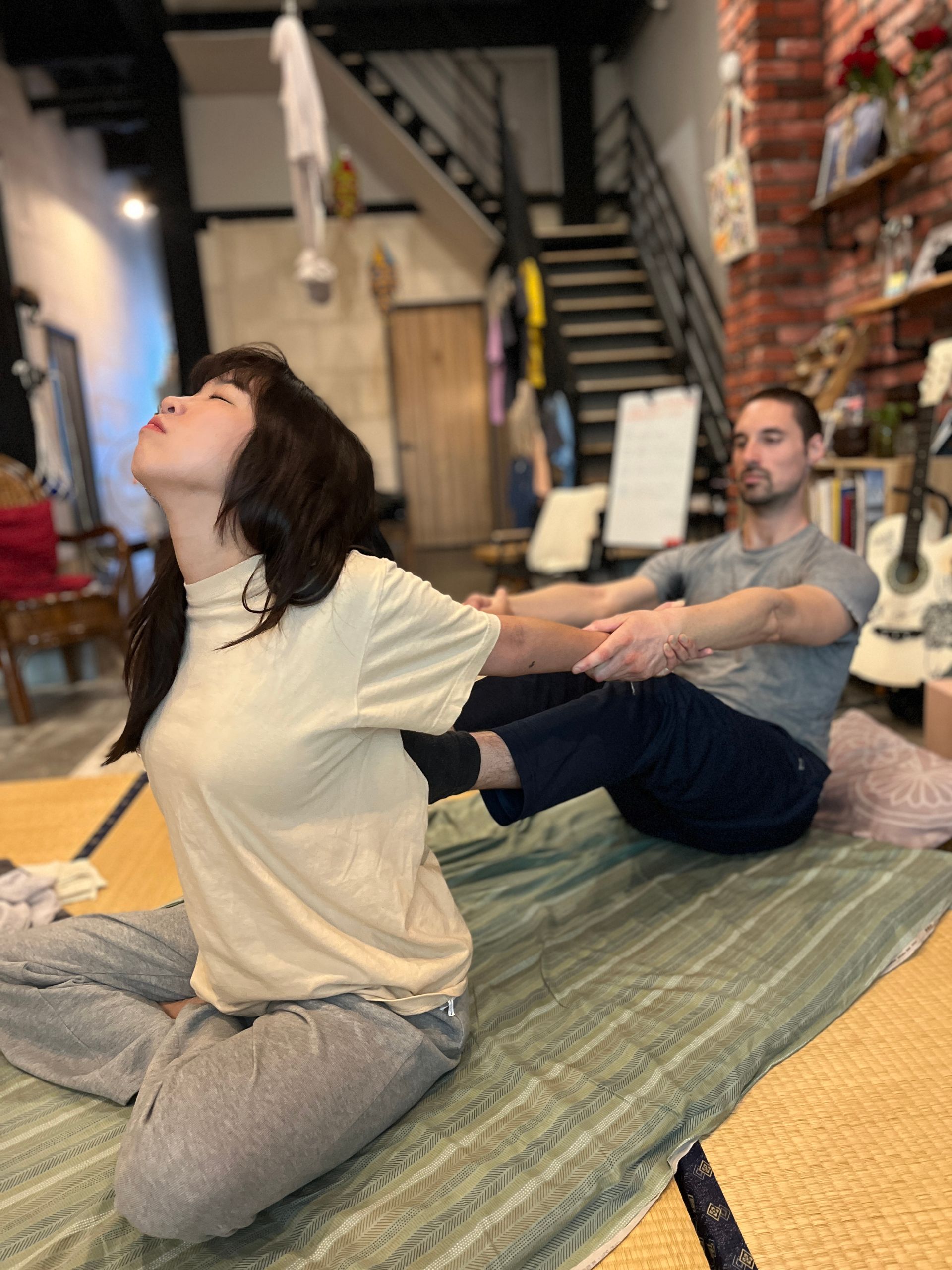
Conclusion: A Harmonious Interweaving
The intertwined philosophies and practices of Thai massage and Indian yoga reflect a shared understanding of the vital energy that sustains life. Both traditions emphasize the importance of maintaining a balanced and unobstructed flow of prana or lom through the body's energy channels.
By exploring and integrating these ancient practices, individuals can cultivate a harmonious and holistic approach to health, well-being, and spiritual growth.
Embracing the wisdom of both Thai massage and Indian yoga allows us to honor the rich tapestry of Eastern healing traditions, recognizing the profound connections that unite them and the timeless insights they offer for our modern lives.
RECOMMENDED ACTIVITIES
MORE BLOGS
